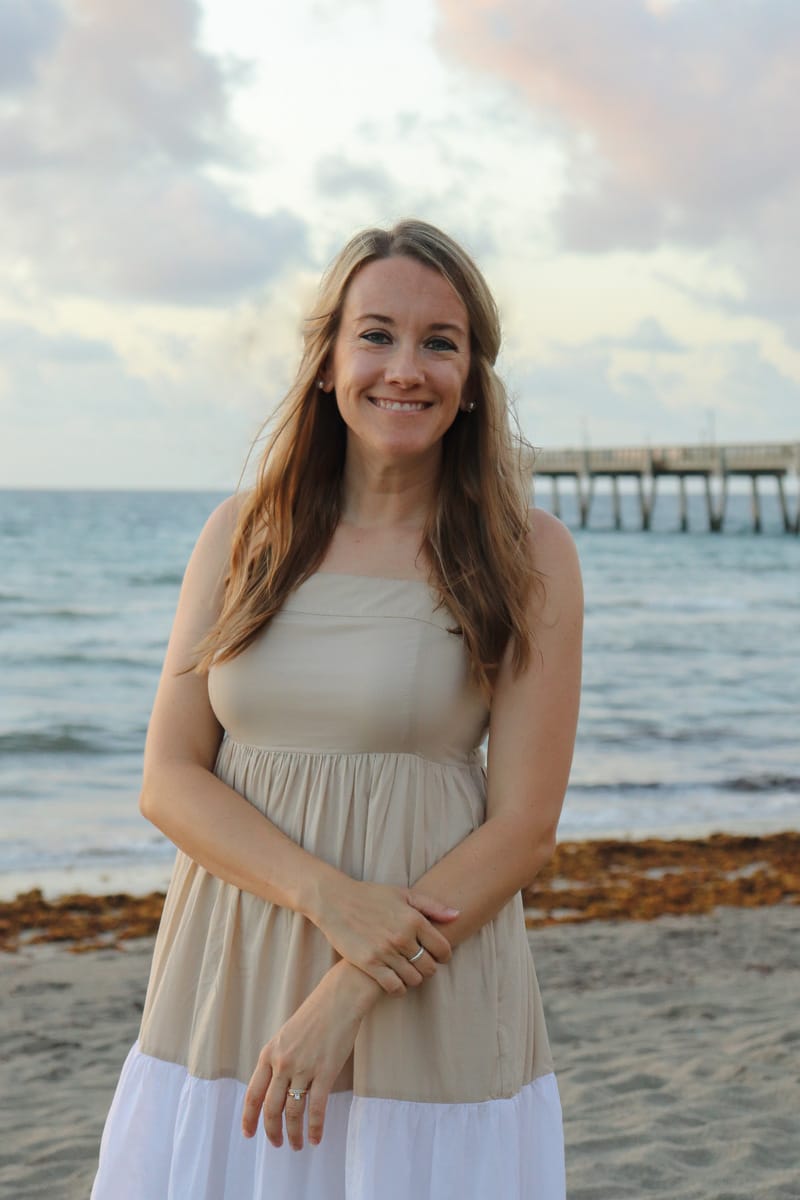Happy Monday traveler!
This week, we’re taking you along the 2-day Inca Trail with Salkantay Trekking - an experience we’re still buzzing about after doing it a few weeks ago.
If you've ever dreamed of walking in the footsteps of the Incas to the legendary Machu Picchu but can’t commit to the full 4-day route, today’s newsletter is perfect for you.
🌍 What’s Going on In the Travel World?
American Airlines Debuts ‘Provisions by Admirals Club’ Concept in Charlotte - we like long layovers so clubs don’t usually fit, but this might
United Airlines Says It’s More Confident in Travel Rebound - We’re not economists but the travel economy has a big effect on the world
Americans Traveling More, Spending Less on Airfare This Year - looks like it’s not all positive news for air travel
Flight Delayed After Unruly Passengers Attempt to Storm Cockpit seems the passengers are less safe than anything…
A night in a cottage made entirely of chocolate? Yours for just €50 - You have our attention 🍫
A message from Passport Inspiration
Looking to plan an inspiring adventure right now?
Planning an international trip can be overwhelming but it doesn’t have to be.
How?
You just need a plan for your plan.
It’s important to prepare with enough time for things like:
Visas
Dining
Lodging
Passports
Excursions
Travel Arrangements
If you want a head start planning, we can help you prepare for an amazing trip.
🙌🏼This Week’s Inspiration
Our adventure began bright and early in Cusco, Peru where the Salkantay Trekking team picked us up directly from our hotel at 4:00 AM sharp.
Our first stop was Salkantay’s private storage facility to drop off our extra luggage. (Only daypacks are allowed for this hike - more on packing tips below!)
From there, we hit the scenic road to Ollantaytambo Station in the Sacred Valley, catching the early train as dawn broke across the Andes. The snow-capped peaks with the sunrise over them was beautiful.
Our guide, Hermo, handled all the logistics for us which made it super easy for us.

The Ollantaytambo Station with the Andes surrounding it
We hopped off the train at Km 104, an unassuming but legendary stop along the railway where the 2-day Inca Trail begins. Here, we crossed the Urubamba River, and started the gradual but steady ascent into the lush cloud forest.
Hermo guide pointed out all kinds of food growing here: avocadoes, passionfruit, guava and more.

Where you hop off the train at Kilometer 104
We reached the stunning archaeological site of Wiñay Wayna, which means "Forever Young" in Quechua (the indigenous language spoken here) about halfway through. It’s often overshadowed by Machu Picchu, but in truth, it’s one of the most awe-inspiring Inca sites. In fact, about 95% of it is still intact.

Overlooking Wiñay Wayna
We pressed on to the Inti Punku (Sun Gate) for our first breathtaking glimpse of Machu Picchu from above after lunch and a well-earned rest.
It’s hard to describe the moment: clouds parting, sunlight hitting the ruins, the scale and symmetry of it all...magical doesn't quite cut it.

The view from the Sun Gate
We spent the night in Aguas Calientes, which is a lively little town at the base of Machu Picchu. After a filling breakfast, we returned the next morning via shuttle bus for a guided tour of the citadel.
Here’s a cool fact you might not know about Machu Picchu: when American explorer Hiram Bingham brought international attention to the site in 1911, he mistakenly believed it was the "Lost City of the Incas." The locals told him it was called “Machu Picchu” (literally “Old Mountain”), but that was just the name of the peak nearby.
The actual name of the site? Still unknown.

Machu Picchu
Machu Picchu is believed to have been a royal retreat for Inca emperors, possibly constructed around the mid-1400s under Pachacuti. It's made up of over 150 buildings, from temples to homes to agricultural terraces, all designed in perfect harmony with the surrounding mountains.
These buildings have stood the test of time, surviving earthquakes and other natural disasters over the years. Each stone was so carefully placed that to this day, not even a piece of paper can fit through them.
It rained while we were there which gave us the opportunity to see how their intricate irrigation system still works - with water steadily flowing through the pathways carved into the stone.
We always wondered if Machu Picchu would be worth all the hype or was overrated. It greatly exceeded our expectations.
How to Get to Machu Picchu:
Most people visiting Machu Picchu start by staying in Cusco for a few days to adjust to the altitude.
It’s about 11,000 feet in Cusco and only about 8,000 at Machu Picchu. While it’s entirely possible to visit the archeological site on your own, it is much easier sticking with a tour guide or company like Salkantay.
You cannot hike the Inca Trail at all without a certified guide and there are checkpoints along the way.
Our guide handled everything for us (as mentioned above), from the moment he picked us up to when he dropped us off back at our hotel in Cusco. Plus, he knew all the details and stories about Machu Picchu.
We would not recommend doing this trip on your own.
Where to Stay:
Munay Wasi Inn - free breakfast buffet in the heart of Cusco, we stayed here
San Agustin International Hotel - also comes with free breakfast buffet, we also stayed here
Palacio del Inka - know for its exceptional service
Chakana Boutique Hotel - in Aguas Calientes
Where to Eat:
Inka Wasi - get the chicha morada, which is a Peruvian drink made from purple corn
Machu Pisco - try the alpaca burger and get greeted by their cat named Pisco
What to Pack:
After doing the 2 Day Inca Trail, here is what we think you need to pack:
Passport (you’ll need it to enter the Inca trail and Machu Picchu)
Comfortable hiking shoes or boots
Layers: breathable base, fleece, and a rain jacket (weather changes fast!)
Sunscreen and bug spray
Refillable water bottle or hydration pack (you are not allowed to visibly carry single-use plastic water bottles)
Hat and/or sunglasses
Light snacks (though if you choose Salkantay they will feed you well!)
Camera or phone with plenty of storage—you’ll want those photos
👋 Have an Inspiring Week
Here are a few of our affiliate links to help you when at Machu Picchu. It’s no extra cost to you and helps us keep this email free for everyone. 😀
This tripod for capturing the perfect photos
We found some hiking boots too
We also saw plenty of people with these sticks while hiking up the mountain
This reusable water bottle since you can’t have single-use plastic ones
Women’s activewear clothing for hiking in the Andes Mountains
See you next week,
Trisha & Bob

